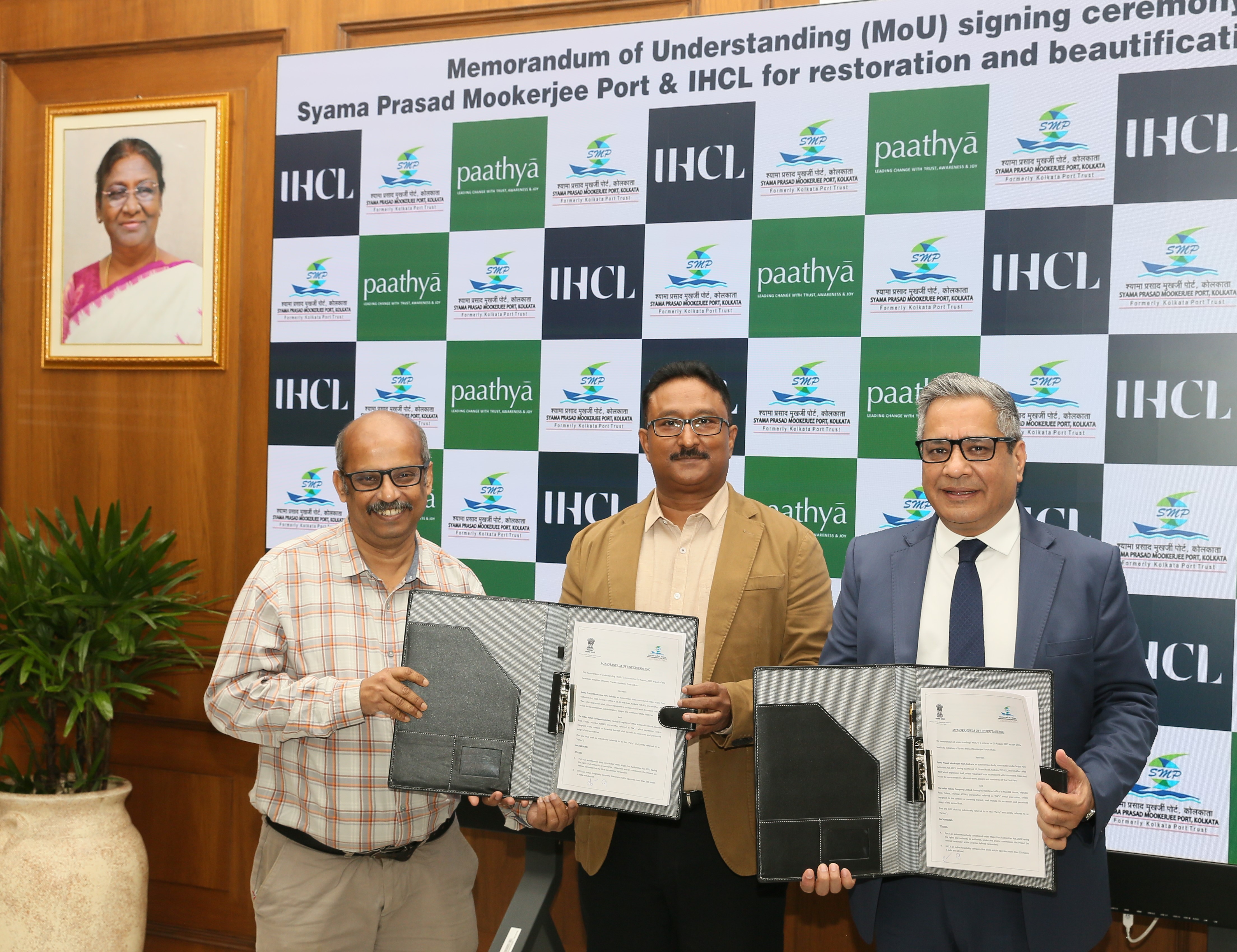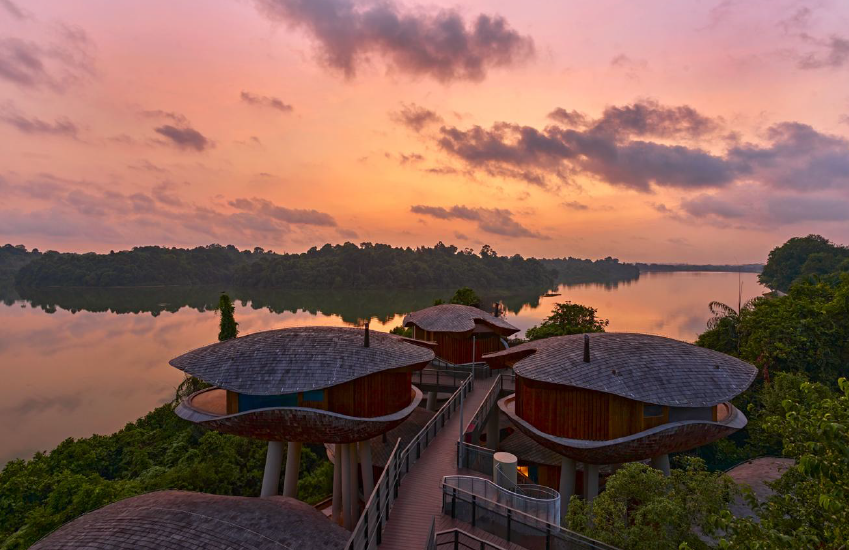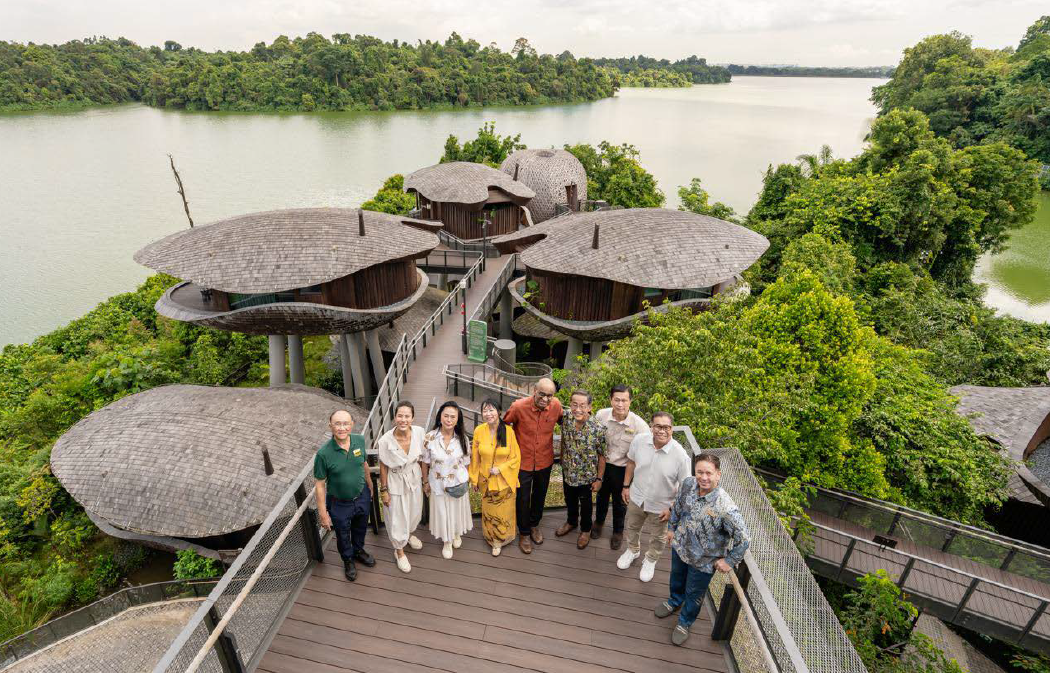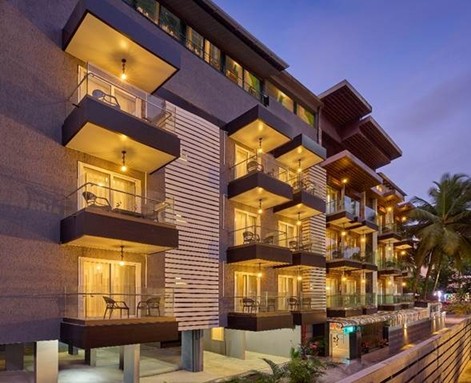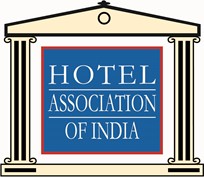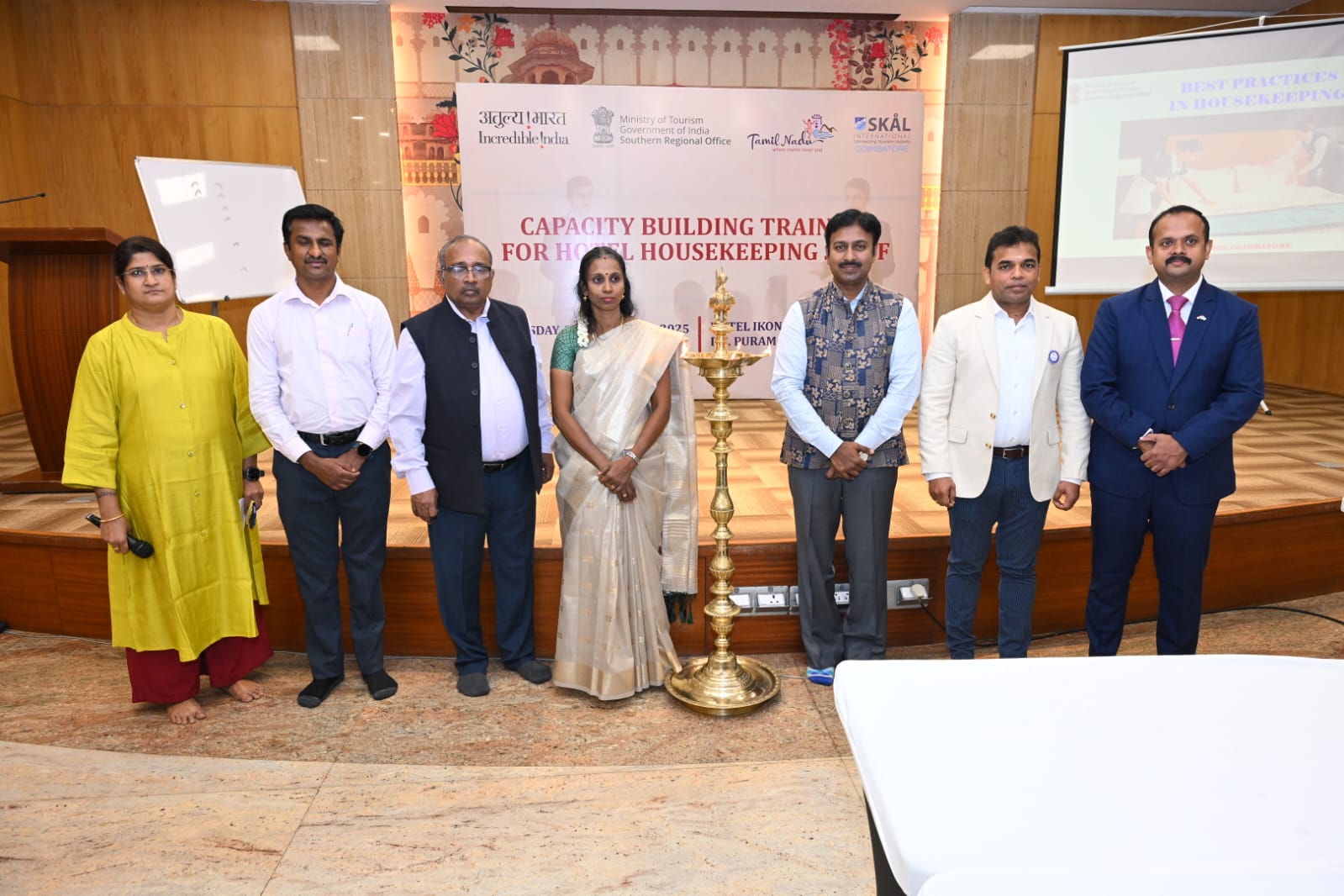IHCL announced its collaboration with Syama Prasad Mookerjee Port, Kolkata, for the redevelopment of Chotelal Ki Ghat. Originally built in the 1870s on the Hooghly Riverfront in Kolkata, the project is being supported by INTACH (Indian National Trust for Art and Cultural Heritage). IHCL will invest up to INR 5 crores towards the project aligned with Government of India’s Namami Gange Program and Swachhata Initiatives.
Gaurav Pokhariyal, Executive Vice President, Human Resources, IHCL said, “IHCL, in line with its ESG+ framework of Paathya is committed to preserving India’s cultural heritage while driving meaningful social and environmental impact. Chotelal ki Ghat holds deep historical and cultural significance for the people of West Bengal. The project aims to restore and conserve the ghat, enhancing its aesthetic and functional value strengthening the community’s bond with the river.”
IHCL and Syama Prasad Mookerjee Port, Kolkata, will work towards the redevelopment of Chotelal Ki Ghat. This will be done in collaboration with leading heritage conservation bodies and will involve redevelopment through restoration and conservation, beautification and landscaping of the Grade I Heritage site. The beneficiaries would include local artists for wall and boat painting, stall vendors, residents, tourists, and the wider community.
Rathendra Raman, Chairman, Syama Prasad Mookerjee Port, Kolkata said, “This MoU with IHCL marks a significant step towards heritage-led development. With an investment of nearly ₹5 crore under CSR, staggered over three years, the renovation of the historic Chotelal ki Ghat will not only restore its cultural essence but also enhance its appeal as a public and tourist destination. This partnership reflects our shared vision of sustainable infrastructure, community benefit, and preserving Kolkata’s iconic riverfront for generations to come.”
IHCL’s ESG+ framework of Paathya integrates environmental stewardship, social responsibility, governance, heritage preservation, value-chain transformation, and sustainable growth.


